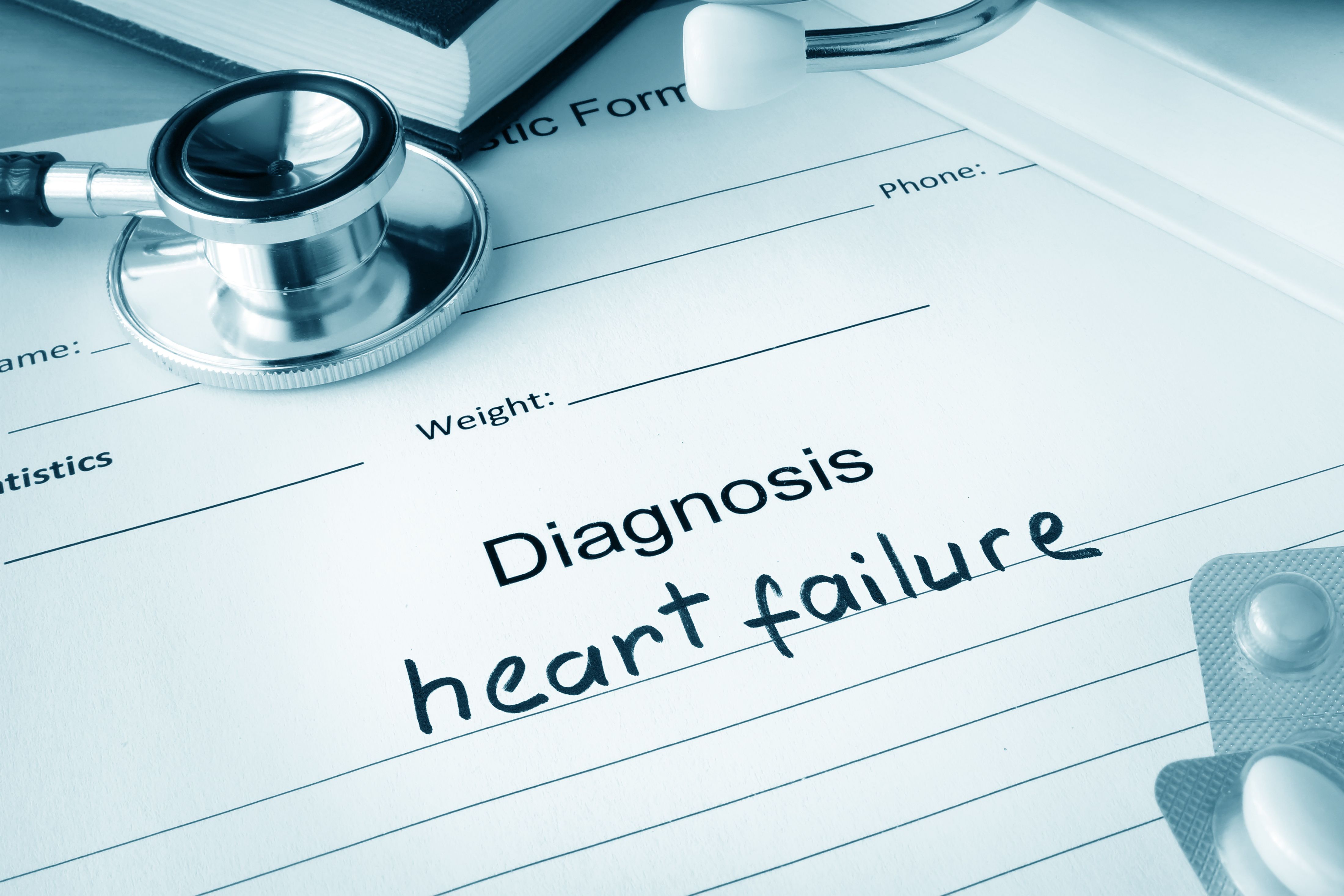Article
Transcutaneous Vagal Nerve Stimulation Helps Older Adults Function
Author(s):
Just 2 weeks of therapy could help attenuated autonomic function for geriatric adults.

Beatrice Bretherton, PhD
Transcutaneous vagal nerve stimulation (tVNS) could be effective in helping aging adults deal with common issues associated with getting older, including depression, heart rate variability, and sleep.
In a trio of recent study, investigators led by Beatrice Bretherton, PhD, from the School of Biomedical Sciences at the University of Leeds, tested whether a single session of tVNS, as well as tVNS administered daily for 2 weeks can help improve attenuated autonomic function in aging patients.
The investigators modified surface electrodes on the tragus and connected to a transcutaneous electrical nerve stimulation machine for all three studies, which included healthy volunteers at least 55 years old. These therapy involves stimulating the auricular branch of the vagus nerve at outer parts of the ear.
The first study included 14 participants who received a single session of tVNS and sham, while the second study included 51 volunteers who underwent a single session of stimulation. In the final study, 29 patients received daily tVNS for 2 weeks.
They derived heart rate variability and baroreflex sensitivity (BRS) for all 3 studies, while assessing quality of life (qol), mood, and sleep in the third study.
“tVNS promoted increases in measures of vagal tone and was associated with greater increases in baroreflex sensitivity than sham,” the authors wrote. “Two weeks of daily tVNS improved measures of autonomic function, and some aspects of QoL, mood and sleep.”
Just 15 minutes of tVNS therapy significantly increased heart rate variability, partly due to the reductions in sympathetic nerve activity. Parasympathetic activity is also likely to increase with stimulation because of increases in spontaneous cardiac baroreflex sensitivity, even in healthy young males.
The investigators believe tVNS therapy could be particularly effective in older adults because it induces larger increases in heart rate variability in participants with lower starting variability.
A single session of tVNS was linked to a greater increase in BRS compared to sham, while also promoting shifts towards parasympathetic prevalence in a larger cohort of older participants with daily tVNS improving resting vagal tone in some of the volunteers.
The study results also showed participants with greater baseline sympathetic prevalence had more pronounced improvements in measures of autonomic balance, suggesting that it is possible to identify who is more likely to achieve more substantial benefits from tVNS therapy.
“Participants with high tension, depression, anger and confusion scores at visit 1 reported greater improvements at visit 2 than those with low scores,” the authors wrote. Those who experienced greater improvements in ease of falling asleep, time taken to fall asleep, quality of sleep and ease of waking up at visit 2 had lower values at visit 1.”
Autonomic changes are detrimental to the heart function, emotion, mood, and gut function for geriatric patients. These changes could also play a role in other conditions, such as heart failure, hypertension, and depression.
The investigators believe the study results show that tVNS could be used as a non-invasive functional technique for the early diagnosis of neurodegenerative diseases like Alzheimer disease, as well as assist with the progression of obesity and type 2 diabetes.
The study, “Effects of transcutaneous vagus nerve stimulation in individuals aged 55 years or above: potential benefits of daily stimulation,” was published online in Aging.




